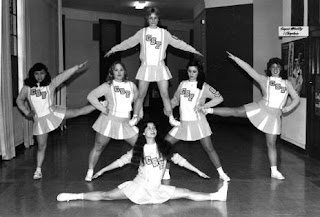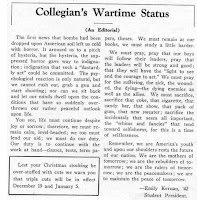DISASTER PLANNING: Mold and Water Salvage
Growth Cycle of Mold Last week I attended a workshop in Springfield, Illinois at the Abraham Lincoln Presidential Library to learn about salvaging mold and water damaged library materials. It was hosted by Jennifer Hain Teper, Preservation Librarian and Head of Preservation Services at the University of Illinois at Urbana-Champaign and Bonnie Parr, Historical Documents Conservator at the Abraham Lincoln Presidential Library and Museum. The workshop included an overview of mold and library materials including: sources of mold, a brief introduction to health risks when dealing with mold, and options for remediation/removal. I did not know much about mold going into this workshop, so I was interested to learn some basic facts. For example, mold grows best at high temperatures and high humidity, which is why cold storage is best for archival materials. I also learned too new terms. Example of foxing, taken from The Private Library Foxing and efflorescence are two types of...





